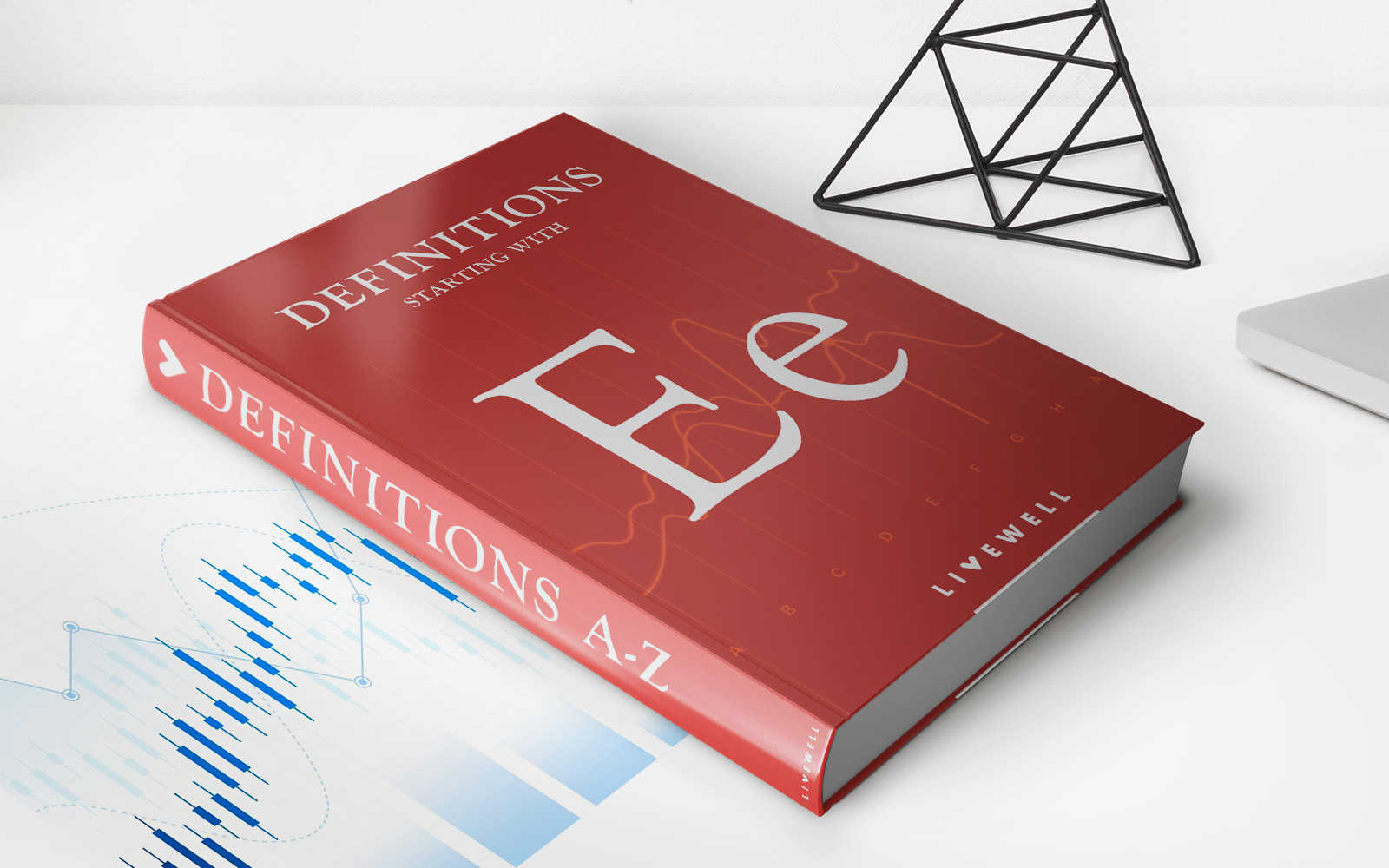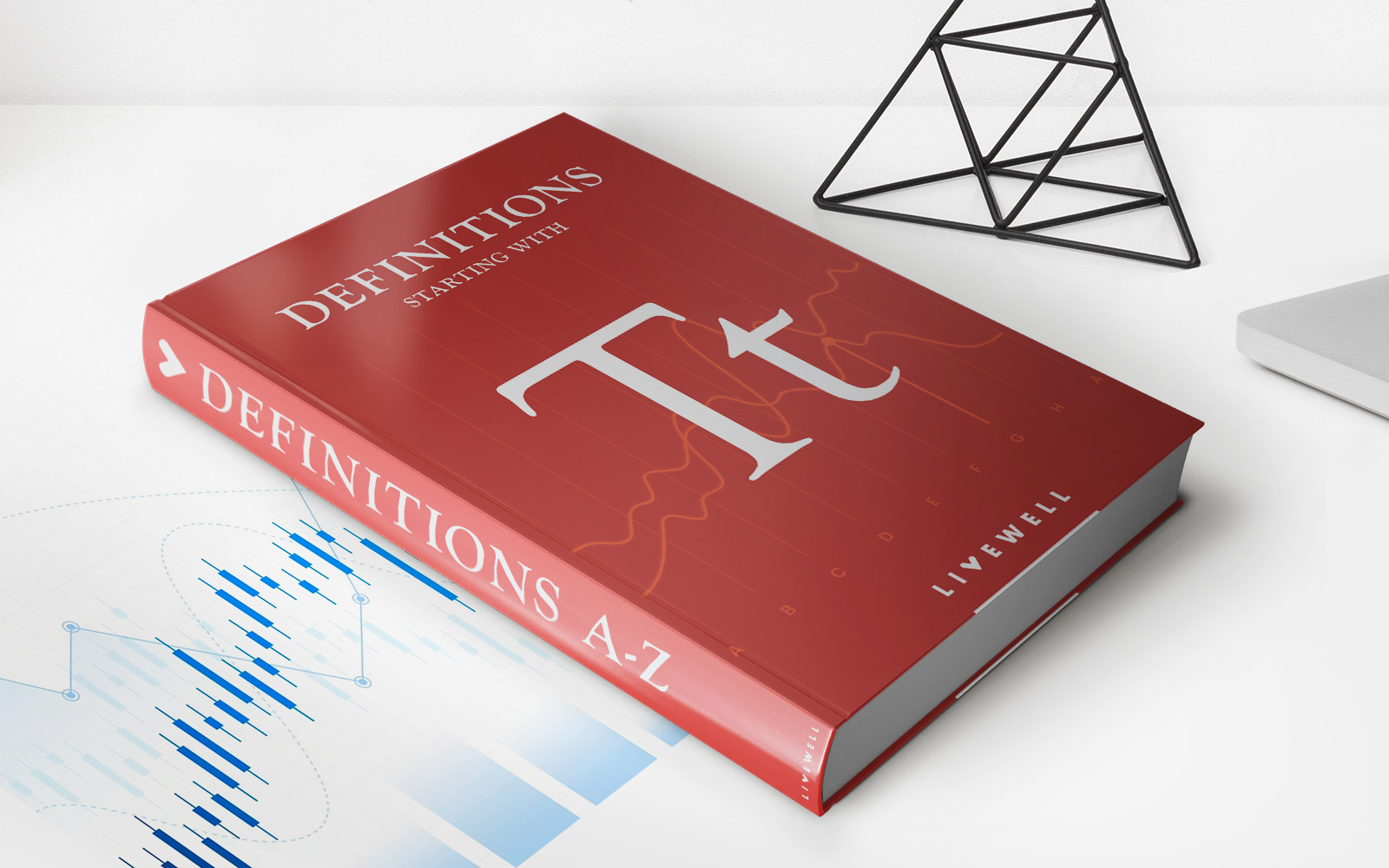Home>Finance>Employee Savings Plan (ESP) Definition, Types, Tax Benefits


Finance
Employee Savings Plan (ESP) Definition, Types, Tax Benefits
Published: November 17, 2023
Discover the benefits of Employee Savings Plan (ESP) in finance - including tax benefits and various types of plans that help employees save for their future.
(Many of the links in this article redirect to a specific reviewed product. Your purchase of these products through affiliate links helps to generate commission for LiveWell, at no extra cost. Learn more)
What is an Employee Savings Plan (ESP)?
An Employee Savings Plan (ESP) is a type of retirement savings plan that is offered by employers to their employees. It is designed to help employees save for their retirement by providing them with a tax-efficient way to contribute to their retirement savings.
Key Takeaways
- An Employee Savings Plan (ESP) is a retirement savings plan offered by employers to their employees.
- ESP allows employees to save for their retirement in a tax-efficient manner.
Employee Savings Plans come in various types, each with its own features and benefits. Let’s take a closer look at some of the most common types of ESPs:
1. 401(k) Plans
A 401(k) plan is one of the most popular types of Employee Savings Plans. It is named after the section 401(k) of the Internal Revenue Code, which governs this type of retirement plan. Here’s how it works:
- Employees can contribute a portion of their salary to their 401(k) plan on a pre-tax basis, reducing their taxable income for the year.
- Employers often match a certain percentage of their employees’ contributions, which provides additional incentive to save.
- The money in a 401(k) plan grows tax-deferred until retirement, at which point it can be withdrawn.
- Withdrawals from a 401(k) plan are typically subject to income tax.
2. Individual Retirement Accounts (IRAs)
IRAs are another type of Employee Savings Plan that individuals can set up on their own. While employers are not required to establish IRAs, they can choose to provide their employees with the option to contribute to these plans. Here’s what you need to know about IRAs:
- Employees can contribute to an IRA with their own funds on a pre-tax or after-tax basis, depending on the type of IRA.
- Contributions to traditional IRAs are tax-deductible, reducing the employee’s taxable income for the year.
- Like 401(k) plans, money in an IRA grows tax-deferred until retirement, at which point it can be withdrawn.
- Withdrawals from traditional IRAs are subject to income tax.
Tax Benefits of Employee Savings Plans (ESPs)
Employee Savings Plans offer several tax benefits to both employees and employers. Here are some of the key tax advantages:
- Contributions made by employees to their ESPs are often deductible from their taxable income, which can help reduce their tax liability.
- Employer contributions to ESPs may be tax-deductible for the company, helping to lower their overall tax burden.
- Money in ESPs grows tax-deferred, meaning employees do not have to pay taxes on the accrued earnings until they withdraw the funds during retirement.
- Some ESPs, such as Roth IRAs, offer tax-free withdrawals during retirement, as long as certain conditions are met.
Conclusion
Employee Savings Plans (ESPs) are a valuable tool for employees to save for retirement while enjoying tax benefits. Whether it’s a 401(k) plan or an IRA, these plans provide individuals with the opportunity to grow their savings tax-efficiently. By taking advantage of these plans, employees can enhance their financial security in their golden years.














